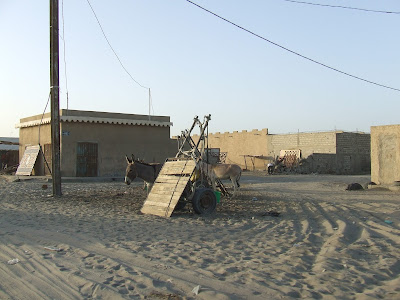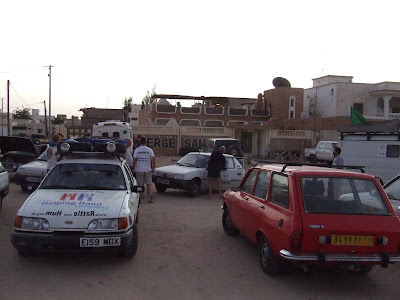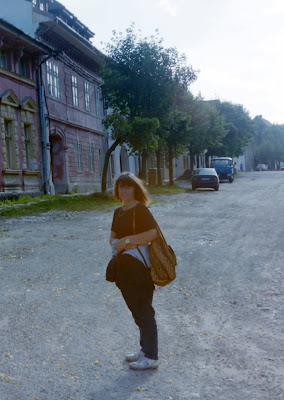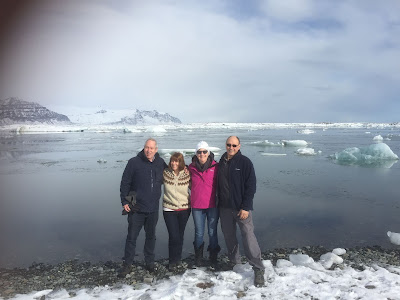

My aunt, Ann Hutton, was the novelist Barbara Whitnell - (a name she took from her own grandmother). She was, I believe, the author of 14 published novels, and she made the Times Bestseller list. She died this week just short of her 92nd birthday. Ann was a big inspiration to me and encouraged me to write. I owe her a great deal. She was a larger than life character. She was just ten when the war broke out, and sixteen when it ended, but it often felt to me as if she was more at ease with the post war generation. She was more of a 1950s-breakout-woman, than a 1940s-war-girl; always slightly rebellious, a rule breaker, a risk taker. She lived a glamorous life - living in places like Kenya and the Turks and Caicos Islands, but it was to Cornwall, the county of her childhood, that she so often returned, and about which she would write many of her stories. She and her husband Bill retired to Fowey, a little fishing village on the Cornish coast, and is was from here that Ann wrote many of her books.
I can reveal now that Ann was the inspiration behind the character of Demelza Trevarrick in my novel, 'Not Forgetting the Whale.' (The Whale at the End of the World). One clue, for anyone with a memory long enough, was the name of Ann's house in St Austell in the 1960s - 'Trevarrick'. There wasn't much similarity between Ann's life and Demelza's (beyond the fact that both were romantic novelists living in Cornish seaside villages), but all the same it was Ann's voice that I could hear in my head whenever Demelza spoke. She had a knowing way of talking, with the allure of someone who knows everything and has seen everything. I remember Ann in the 1960s used to smoke cigarettes in a holder like Audrey Hepburn, and that too, for some reason, became an image I attached to Demelza.
It occurs to me now, as I write this, that there is a coincidence I can relate. Sometime in the 1990s (I shall guess at 1996) I was boarding a flight at Heathrow bound for Johannesburg. It was a business trip. I heard a voice calling my name. There was Ann. I hadn't met or spoken to her for several years. But by an extraordinary twist of fate she was on the same flight, off on a book tour of South Africa. She and Bill were in First Class. I was in steerage. Nonetheless, when we were in the air, she came and sat in the seat next to me and we gossiped for much of the journey. We talked a lot about writing. About the discipline, and the mechanics, and the preparation. I had written a non fiction book at this stage (The Good Zoo Guide) but I wanted to write fiction. She gave me some advice that I have often passed onto others as if the wisdom was my own. 'Just write it,' she told me. 'It may not be a masterpiece. Your first novel rarely is. But writing is a craft, and you will get better.'
Ann leaves behind her four lovely children, my cousins Lindsay, Judi, Chis and Tim - and of course her grandchildren and great grandchildren. She also leaves those books.
Please check out my website to learn more about my books: https://www.johnironmonger.com



























































.jpg)